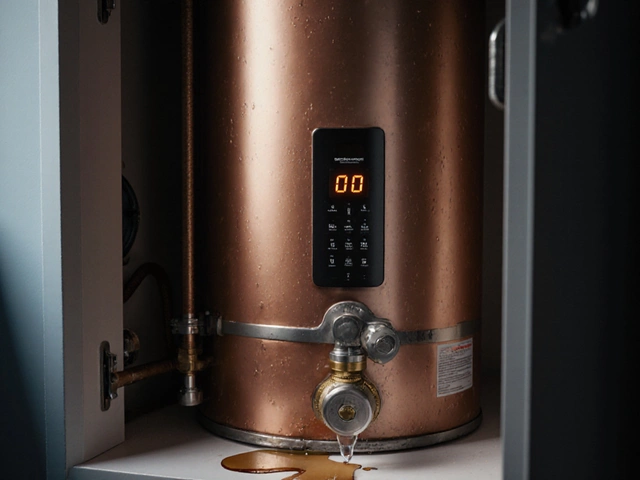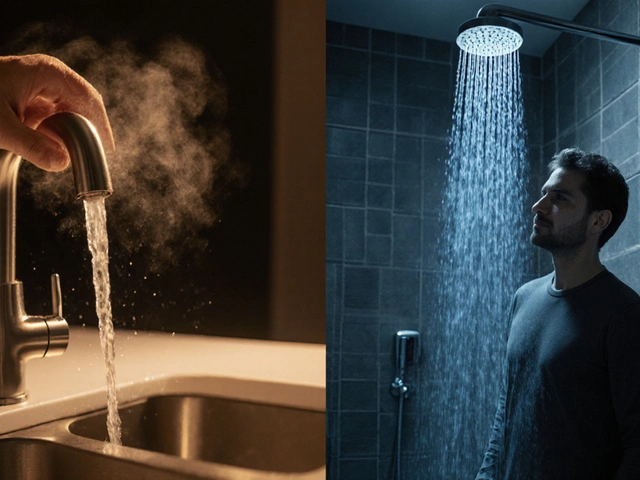If your extractor fan is humming, whining, or barely moving air, you’re not alone. Most homeowners face a fan that won’t start, gets noisy, or loses suction. The good news? Most of these problems can be solved without calling a pro. Grab a screwdriver, a flashlight, and a bit of patience, and let’s sort it out.
First, figure out what’s wrong. Here are the usual suspects:
Knowing the symptom narrows the fix down to a handful of steps, saving you time and money.
1. Check the power. Make sure the switch is on and the circuit breaker hasn’t tripped. If the fan still won’t start, unplug it and test the plug with a multimeter or another appliance.
2. Clean the fan and duct. Dust builds up on the blades and in the ductwork, cutting airflow. Unscrew the outer cover, wipe the blades with a damp cloth, and vacuum the duct opening. A quick clean can boost performance dramatically.
3. Inspect the motor. Look for loose wires or burnt spots. If the motor smells burnt or feels hot, it may need replacement. In many cases, a simple tighten of the motor mount stops rattling sounds.
4. Lubricate moving parts. Some fans have oil ports on the motor shaft. A few drops of light machine oil can quiet a humming motor. If the fan has sealed bearings, replace the whole motor instead.
5. Check the fan’s speed control. Many fans have a pull‑chain or electronic speed switch. A faulty speed switch can cause intermittent operation. Test it by manually switching speeds; if the fan cuts out on one setting, replace the switch.
6. Re‑align the fan blade. A bent blade creates vibration and noise. Gently straighten any warped blades with pliers, being careful not to snap them.
7. Test for overheating. Run the fan for a few minutes and feel the motor housing. If it gets unusually hot, the motor may be over‑worked because of a blocked duct. Clear the blockage and consider installing a larger duct if the fan is undersized for the room.
After you’ve gone through these steps, turn the fan back on. Most issues are resolved by cleaning, tightening, or a quick part swap. If the fan still refuses to work, it’s probably a motor failure that needs a professional’s eye.
Remember, safety comes first. Always switch off the power at the breaker before opening the fan housing. If you’re uncomfortable handling electrical parts, it’s wiser to call a qualified technician.
With these simple checks, you can keep your kitchen or bathroom fresh without waiting for a repair call. A clean, quiet fan not only improves ventilation but also cuts down on energy waste, saving you a few pounds on your electricity bill.

Fixing an extractor fan can be a straightforward process if approached with the right tools and knowledge. This article delves into various factors affecting repair time, common issues encountered, necessary tools, and preventive tips to maintain optimal performance. Readers will discover useful advice on diagnosing problems and learn how to efficiently address and resolve them, ensuring a smooth and fresh airflow in kitchens and bathrooms.

Determining when your hot water heater needs replacement isn't always straightforward. This guide explores key signs such as irregular water temperatures, strange noises, and age that might indicate it's time to get a new unit. Understanding these signs not only ensures a reliable hot water supply but also prevents potential damage and higher energy bills. Additionally, we discuss some tips for maintenance to prolong the life of your current system.

Spot the top warning signs of a failing hot water heater, from strange noises and leaks to temperature swings and error codes, plus practical fixes and when to call a pro.

Discover why hot water reaches your sink but not the shower, learn the common causes, DIY fixes, and when to call a plumber for a reliable solution.

If your electric oven suddenly stops working, don't panic. This article explores common issues with electric ovens and provides practical tips for troubleshooting and repair. From understanding how different components work to knowing when it's time to call a professional, you'll find the go-to advice you need to get your oven back in working order. Avoid the hassle of guesswork and get straightforward guidance on keeping your kitchen running smoothly. Practical insights on oven maintenance await you.

Repairing an extractor fan can seem daunting, but with the right guidance and tools, it's a task that can be tackled with confidence. This article walks you through the essential steps of diagnosing common issues, the tools needed for basic repairs, and tips for maintaining your fan in top condition. Whether in a kitchen or bathroom, keeping your extractor fan functional ensures optimal ventilation and air quality. Learn when a repair is possible and when it might be time to seek professional help.